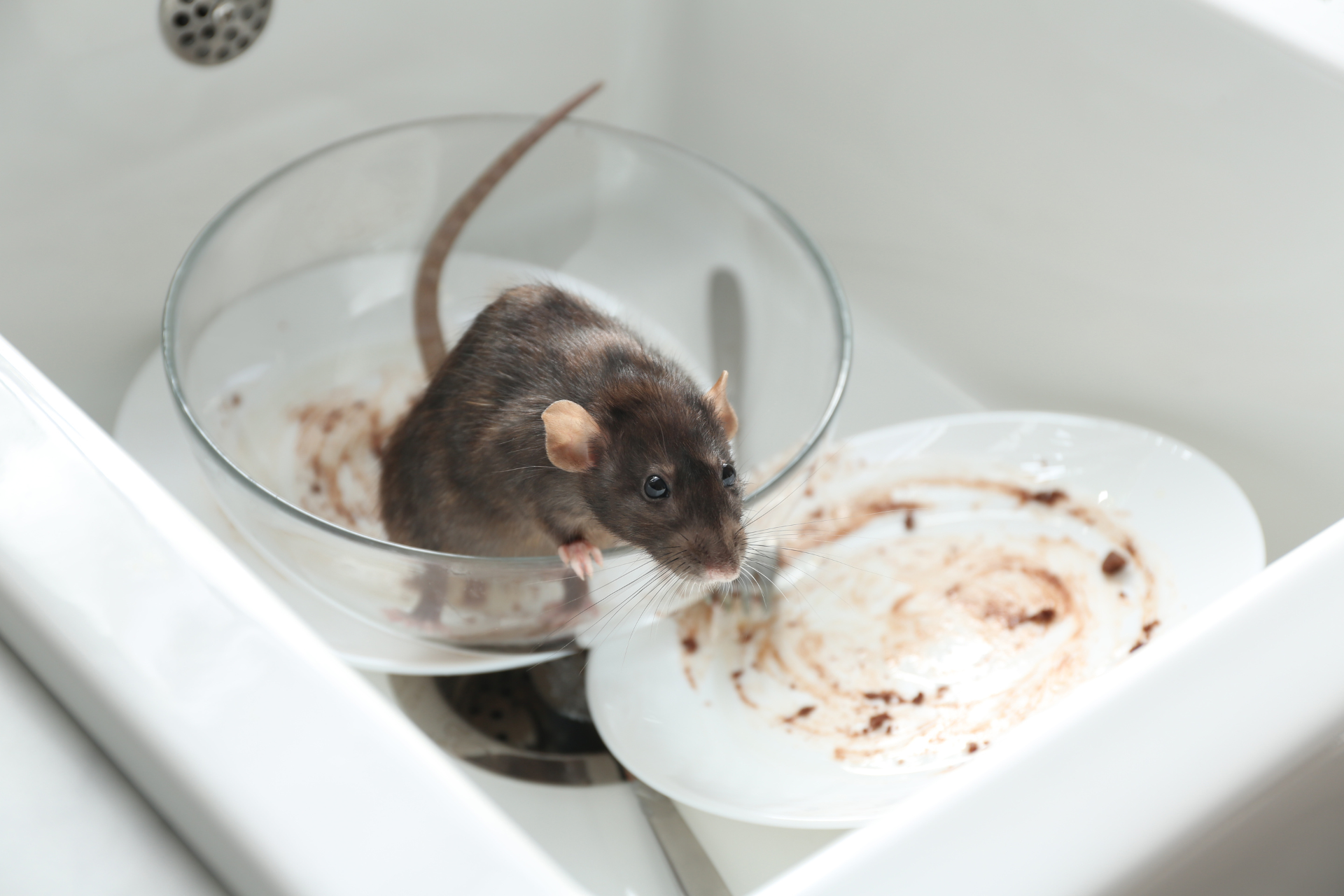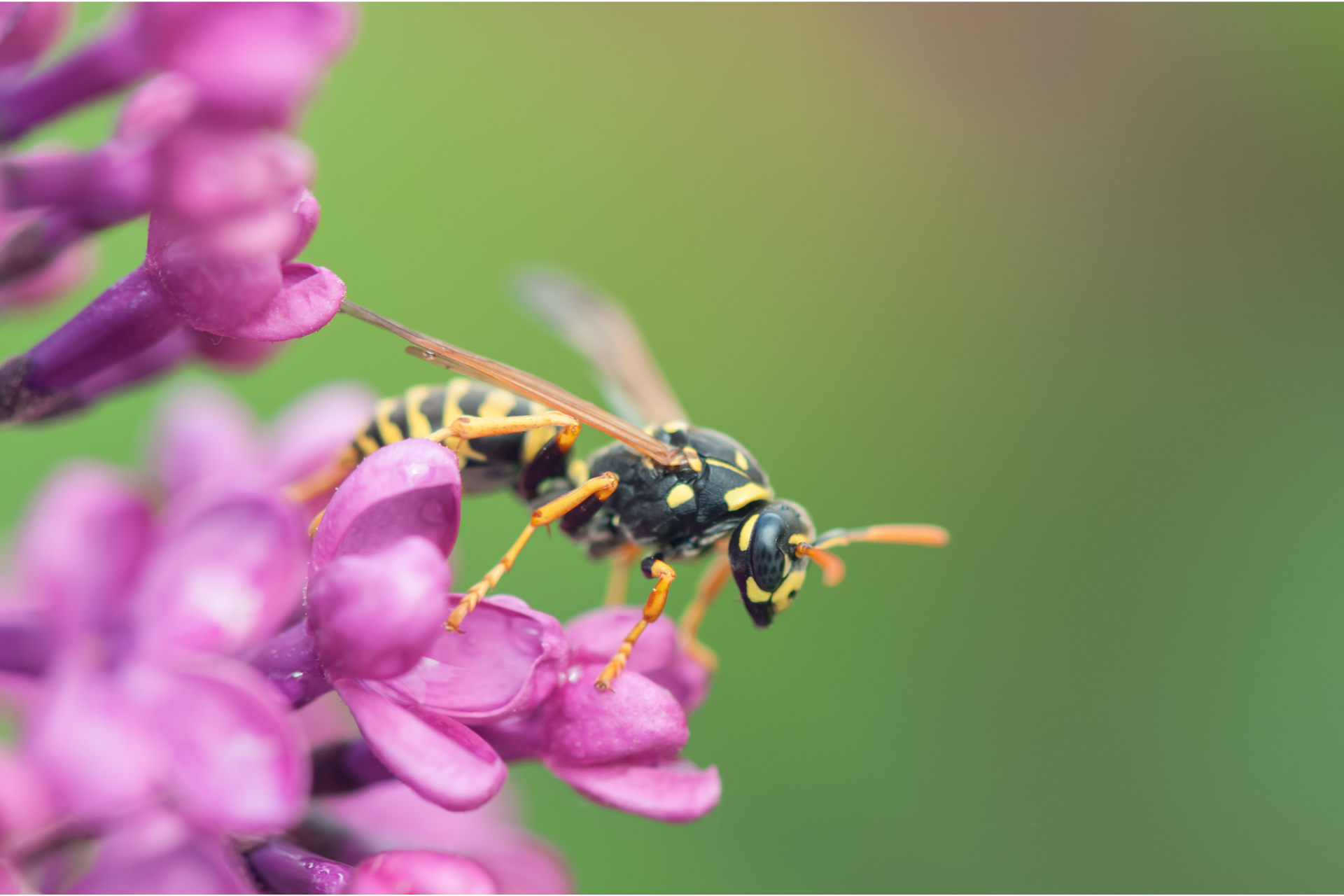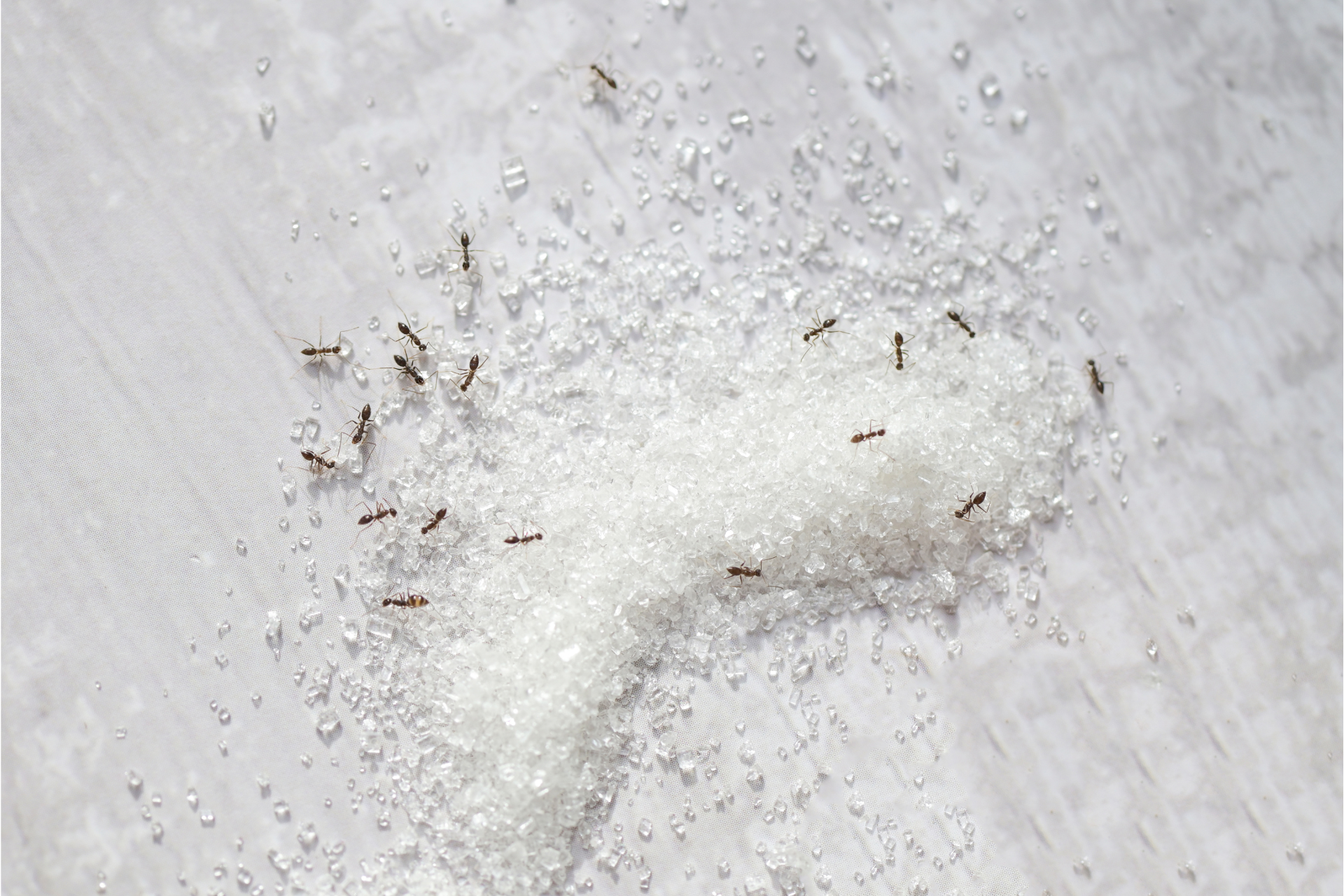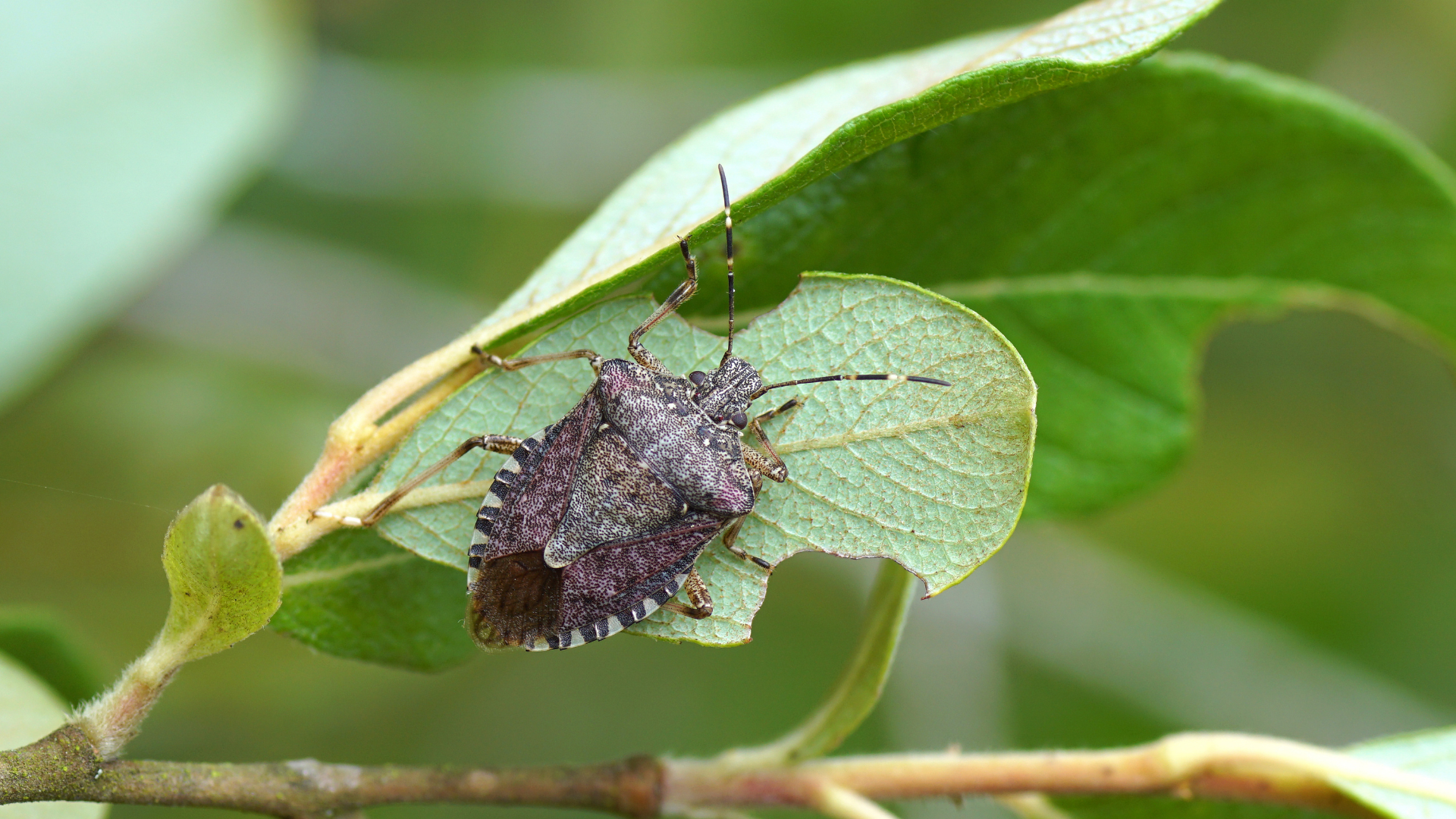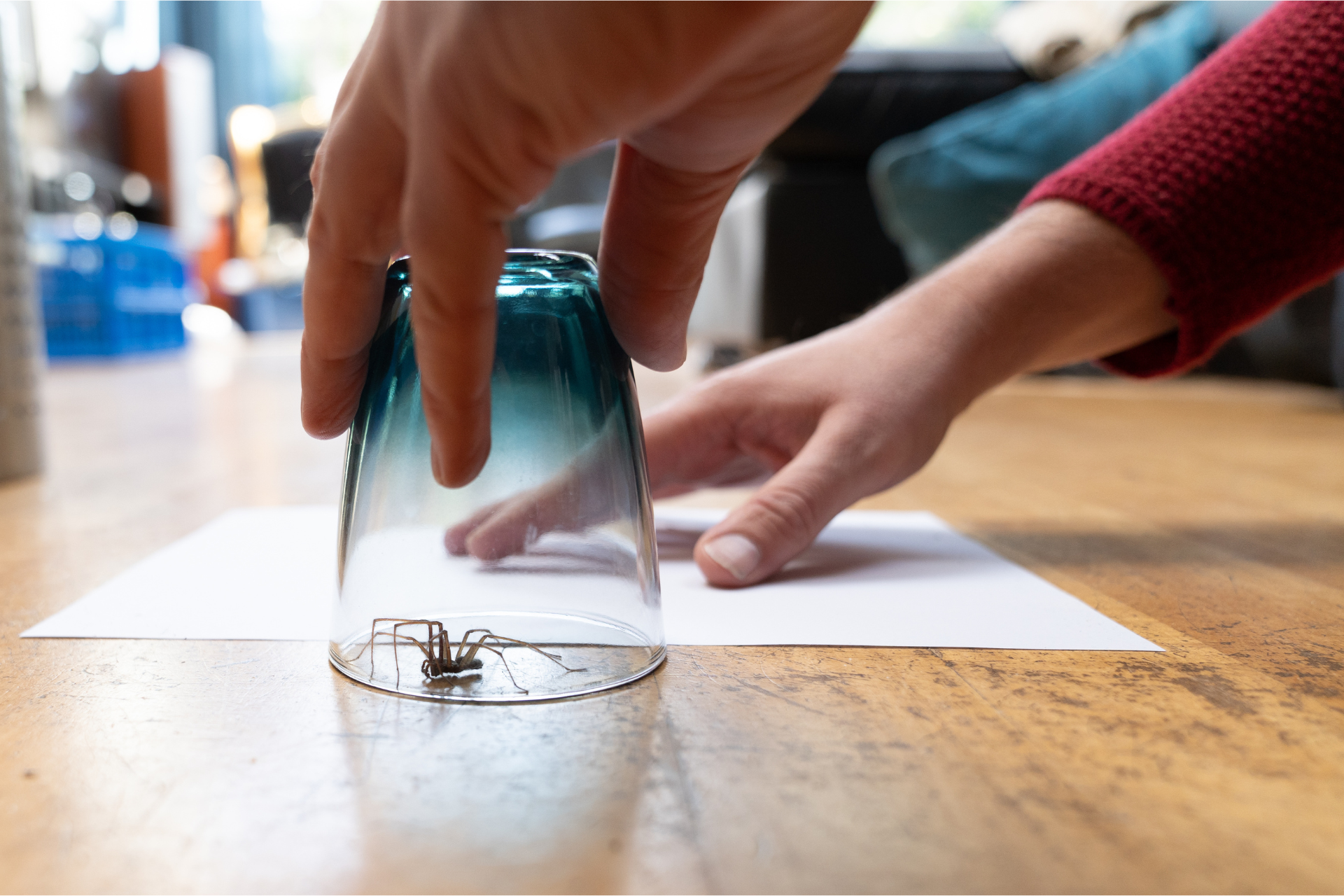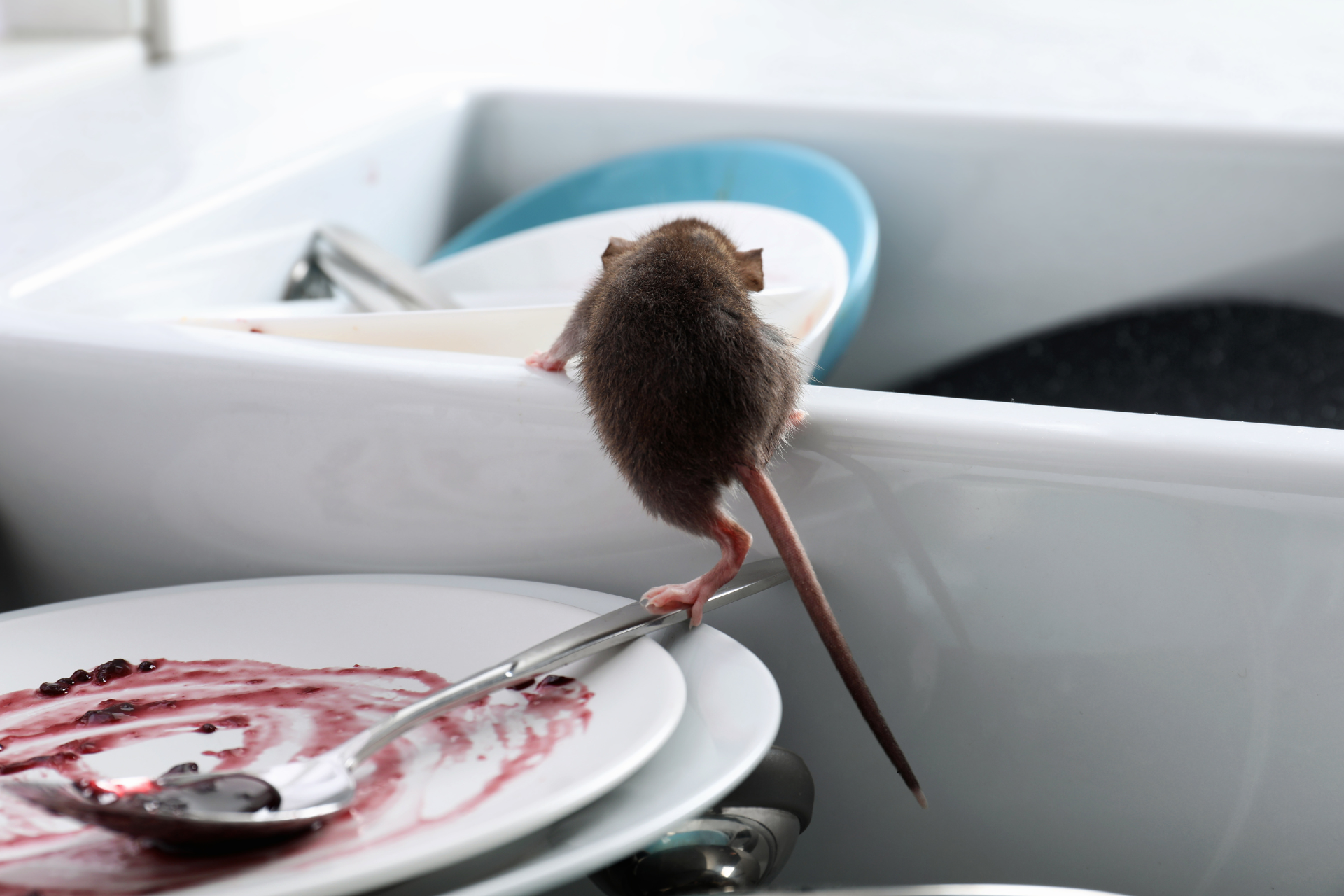Why Raccoons Target Homes And Businesses
Factors Driving Raccoons To Residential And Commercial Properties
Raccoons are highly resourceful creatures, and their sharp instincts drive them to explore new areas in search of nourishment. When the woods or open fields don’t provide enough, neighborhoods and commercial districts often become the next best option. Dumpsters behind restaurants, overflowing trash bins, compost piles, and pet food left outside are like a buffet for these nocturnal foragers. Even bird feeders, which may seem harmless, can be a steady lure.
What makes this situation even more complicated is how adaptable raccoons are. They don’t simply scavenge; they learn. If they discover that a trash can lid isn’t secured tightly or a particular business leaves out bags of waste overnight, they’ll keep coming back. Over time, this behavior becomes a routine, and before long, these invaders are treating the property as if were their own. For homes, the cycle can be just as problematic. An unsecured bin on the curb or dog food in the backyard can be enough to bring them wandering closer and closer until they become regular visitors.
The presence of easily accessible food sources means property owners often face ongoing disruptions. Raccoons have strong dexterity with their paws and surprising intelligence, which allows them to pry open containers, knock over bins, or pull apart bags with little effort. Once they know where food is located, it’s tough to deter them without taking intentional steps to remove the attraction.
Shelter, Warmth, And Hidden Corners
Food may be the initial reason raccoons wander near buildings, but shelter is often what convinces them to stick around. Attics, basements, crawl spaces, and even chimneys offer protection from the elements. In colder months, the warmth inside homes and commercial properties can be especially inviting. These areas don’t just shield them from the weather but also provide safety from predators and a secure place to raise their young.
Raccoons are opportunistic when it comes to shelter. They can squeeze through surprisingly small gaps or use their sharp claws to widen weak spots around vents, shingles, or siding. Once inside, they’re capable of creating extensive damage by shredding insulation, chewing through wires, and leaving behind waste that can lead to unpleasant odors and costly repairs. In businesses, especially those with large storage areas or unused corners, raccoons may go undetected for some time before their presence becomes obvious.
The nesting behavior of these animals also contributes to why they settle in human environments. A quiet attic or an unused section of a warehouse can feel like the perfect nesting ground. This becomes a recurring issue because raccoons are creatures of habit. If they successfully raised a litter in a particular spot once, they may try to return in the future, creating a cycle of intrusion.
How Easy Access Points Encourage Intrusion
While food and shelter are primary motivators, the ease of access plays a huge role in why raccoons continually invade residential and commercial properties. These animals are natural climbers, capable of scaling fences, trees, and walls with little effort. Overhanging branches near rooftops create convenient bridges straight into attics or roof vents. Unscreened chimneys or poorly sealed ducts act like open invitations.
In urban and suburban settings, raccoons often learn to navigate structures in ways that surprise property owners. They may squeeze into storm drains, pry open soffits, or even lift loose shingles to create an entryway. Once they’ve identified a weakness, they don’t forget it easily. This persistence is one of the reasons they’re considered such a difficult nuisance to manage without professional intervention.
Businesses often face unique challenges due to their size and infrastructure. A large warehouse, for instance, may have multiple loading bays, rooftop vents, or gaps around doors that raccoons can exploit. Restaurants, in particular, are prone to visits because of the combination of food waste and accessible dumpsters. The problem isn’t simply the initial intrusion—it’s that these particular critters often share these discoveries with others. Where one enters successfully, more may follow.
The Long-Term Challenges For Property Owners
Once raccoons identify a property as a reliable source of food or shelter, they can become a recurring issue. Their adaptability makes them tough to discourage, and their intelligence means deterrents don’t always work as intended. Even after a cleanup effort, these persistent invaders will often return to test whether conditions have changed.
This persistence creates a cycle of frustration for property owners. Damage to insulation, wiring, and roofing materials can accumulate quickly. Garbage scattered across a lawn or parking lot isn’t just unsightly but can also attract other wildlife. Beyond structural damage, there’s also the concern of health risks. Raccoons can leave behind droppings that may contaminate surfaces, and their tendency to dig through food waste spreads bacteria and unpleasant odors.
For businesses, the stakes can be even higher. A raccoon infestation can interfere with daily operations, lead to sanitation concerns, and harm the reputation of the establishment. In residential settings, homeowners often find themselves struggling to maintain peace of mind, especially if raccoons have entered living spaces or caused noticeable damage.
The reality is that raccoons don’t simply pass through. Once they establish a pattern of finding food, warmth, or shelter, they often return again and again. This ongoing cycle is why it’s essential for property owners to take steps beyond quick fixes and think about long-term prevention strategies.
Raccoons are intelligent and resourceful animals that know how to take advantage of opportunities. They’re drawn to homes and businesses not by chance but because of the combination of food, shelter, and easy access points. Once they’ve made themselves comfortable, they rarely stop coming back on their own.
That’s where professional help becomes essential. At Star City Pest Control, we understand the challenges raccoons create for both residential and commercial property owners. Our team specializes in identifying the root causes of these invasions, sealing up vulnerable areas, and addressing the problem before it grows worse. If you’ve noticed signs of wildlife activity around your property—or you want to prevent future problems—it’s time to contact us today. We’ll work with you to create a tailored plan that keeps raccoons from turning your home or business into their next hiding place.

